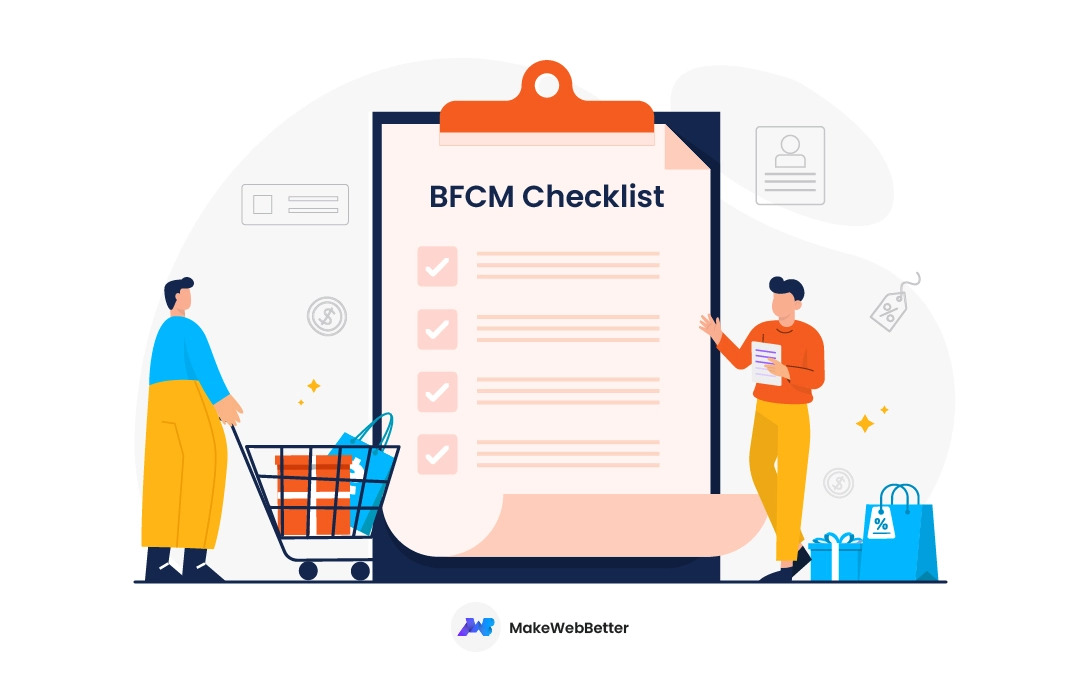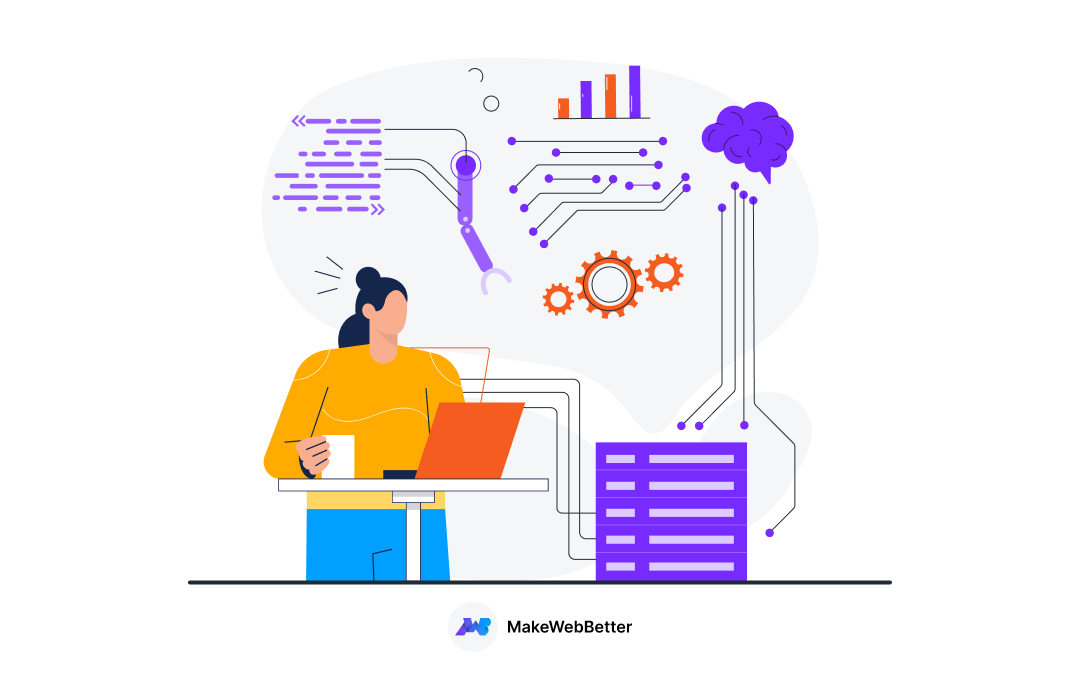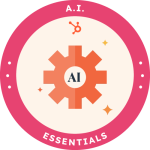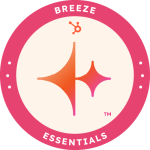HubSpot workflows can help you improve your lead generation and take your business to the next level. To help you get started with automating your lead generation process, we will discuss:
- The benefits of HubSpot workflows
- The difference between HubSpot workflows vs. sequences
- HubSpot workflow tips
- HubSpot workflow examples
Let’s get started so that you can learn how to make the most out of your marketing efforts through these top HubSpot workflow examples.
Benefits of HubSpot Workflows & Automation
HubSpot workflows and automation are essential tools for any modern business. They can help simplify processes, optimize resource management, unify your marketing messaging framework and even boost lead generation.
By leveraging the power of HubSpot’s automation capabilities, you can ensure that your inbound marketing campaigns run smoothly and that your customer segmentation is as effective as possible.
- Save time on mundane tasks: HubSpot workflows allow you to optimize the entire lead generation process. You can easily create automated drip campaigns, create content targeted to specific customer segments, optimize headlines with a headline generator, and even build free websites with website builders.
- Gain control over your marketing messages: Set up detailed workflows that ensure that each customer receives the right message at the right time. This can help you create a personal and engaging experience for each customer segment, increasing conversion rates and customer loyalty.
- Automate your workflow and maximize efficiency: Automate your entire marketing funnel without needing to monitor it constantly. This will help you reduce costs while improving overall performance.
To summarize, HubSpot workflows and automation offer numerous benefits for businesses looking to streamline their lead-generation process.
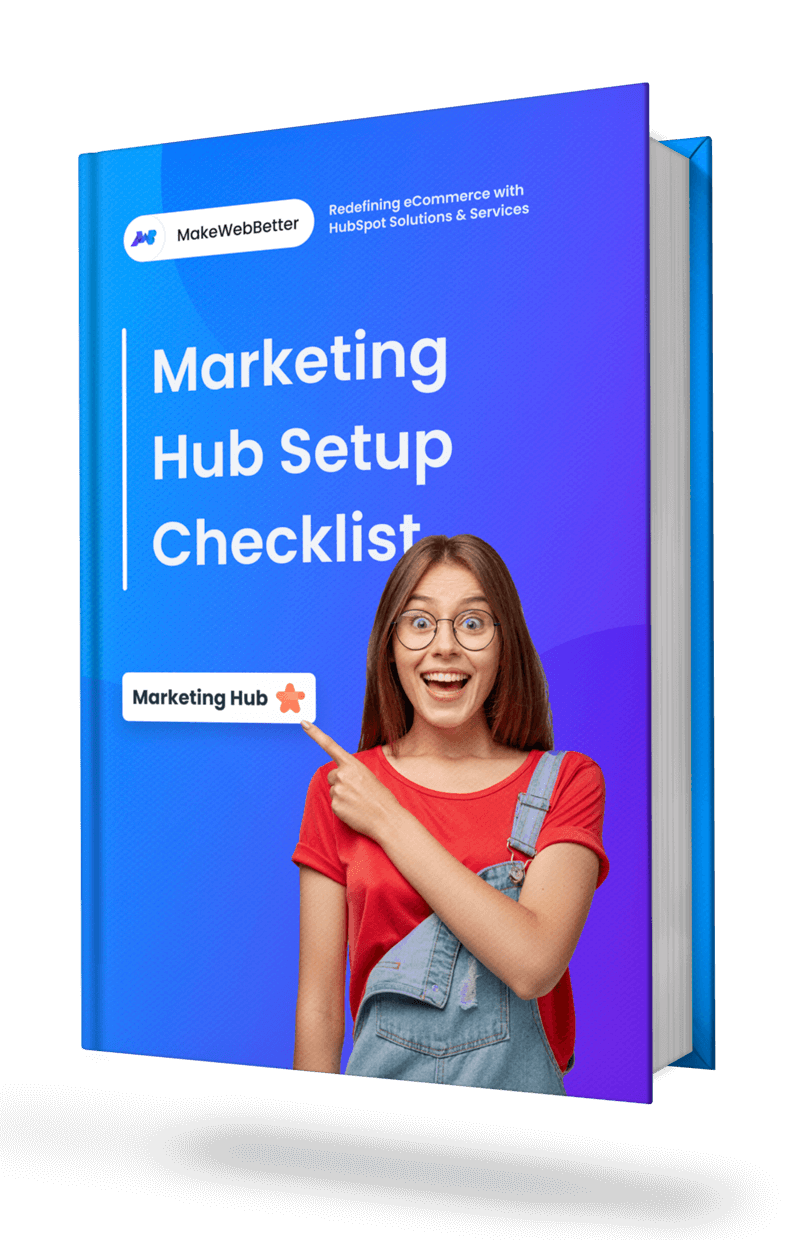
Free Download HubSpot Marketing Hub Checklist
Beginner-friendly HubSpot Marketing Hub Set up Guide to get your business started.
Using these tools saves time and money while ensuring that your customers are getting the right messages at the right time. Leverage the power of automation and take your inbound marketing campaigns to the next level.
HubSpot Workflows vs Sequences
A HubSpot workflow is an automated process of organizing the steps needed to carry out a task or campaign in HubSpot. It can be used for:
- Customer segmentation
- Resource management
- Creating a marketing messaging framework
- Generating headlines
This feature helps marketers streamline their inbound marketing campaigns and create a unified system for managing all aspects of their digital marketing efforts.
On the other hand, HubSpot sequences are predefined emails sent to prospects as part of a customer journey. This automated tool can nurture leads and establish relationships with potential customers. Sequences help to create a personalized experience for each prospect while also allowing marketers to track their progress easily.
The main similarity between HubSpot workflows and sequences is that they both use automation to increase efficiency and reduce manual effort. They also allow marketers to customize their processes, ensuring they get the most out of their HubSpot tools.
However, there are some key differences between the two. Workflows tend to focus more on the overall organization of tasks and campaigns, while sequences focus more on specific customer journeys and nurturing leads.
Seize The Moment, HubSpot Userss!!
If you think everything in your HubSpot portal works fine, maybe you’re wrong! Let us have a look!
Workflows are better suited for larger, longer campaigns, such as setting up a full marketing strategy. Sequences are better for shorter, more targeted campaigns, such as lead nurturing and providing personalized experiences for customers.
Overall, HubSpot workflows and sequences are great tools for increasing efficiency and optimizing lead generation. Understanding the differences between the two is important to get the most out of your HubSpot tips and free website builders.
With the right workflow and sequences, you can maximize your resources and create powerful marketing campaigns to generate high-quality leads.
Need An Expert Hand to Set Up These Workflows?
Share your requirements and we’ll set up these workflows on your HubSpot CRM.
5 Best Tips for Setting Up HubSpot Workflows
Setting up HubSpot workflows is essential for successful inbound marketing campaigns. Here are some of the best tips to ensure your HubSpot workflows run smoothly:
- Unify your HubSpot workflows: By unifying all of your workflows, you can easily keep track of them and make sure they are running as expected. This also helps you avoid duplication and overlap.
- Utilize a marketing messaging framework: A marketing messaging framework can help you develop consistent messaging and target the right customer segments. It can also help you streamline the process of creating content for each stage of the buyer’s journey.
- Manage resources: Effective resource management is key when setting up HubSpot workflows. Ensure you have enough resources to manage the workflows and optimize their performance properly.
- Use a headline generator: Generating headlines can be a daunting task, but using a headline generator tool can make it much easier. There are several free headline generators available online that can help you create catchy titles quickly and easily.
- Make use of free website builders: Building a website from scratch can be expensive and time-consuming, but there are many free website builders available online that can help you build an effective website in no time. You can also use a text generator to help you write something for your pages if you don’t have the energy and time to do it yourself.
5 Best HubSpot Workflow Examples to Improve Lead Generation and Sales
Now that you know the basics of HubSpot workflows and their benefits, let’s look at some of the most effective and well-known HubSpot examples you can use to improve lead generation and sales.
Unifying your workflows to a marketing messaging framework, resource management, customer segmentation, headline generators, and free website builders are just a few excellent HubSpot tips to help you optimize your inbound marketing campaign.
1. Welcome Workflows
Welcome workflows are one of the most powerful tools in HubSpot workflow examples that can help you optimize your lead generation. A welcome workflow is a series of automated emails and tasks triggered when someone new subscribes to your newsletter or engages with your inbound marketing campaign.
This automated series helps you introduce your brand, unify your HubSpot workflows, and build trust with your prospects.
-Aug-03-2022-07-32-49-22-PM.png?width=936&name=How%20to%20Set%20Up%20Automated%20Email%20Marketing%20Workflows%20(+%20Examples)-Aug-03-2022-07-32-49-22-PM.png)
Some of the numerous benefits of welcome workflows include better resource management, customer segmentation, increased engagement, and higher conversion rates. Setting up a welcome workflow requires creating a marketing messaging framework, including a headline generator, and incorporating any other elements that you want to include in the workflow.
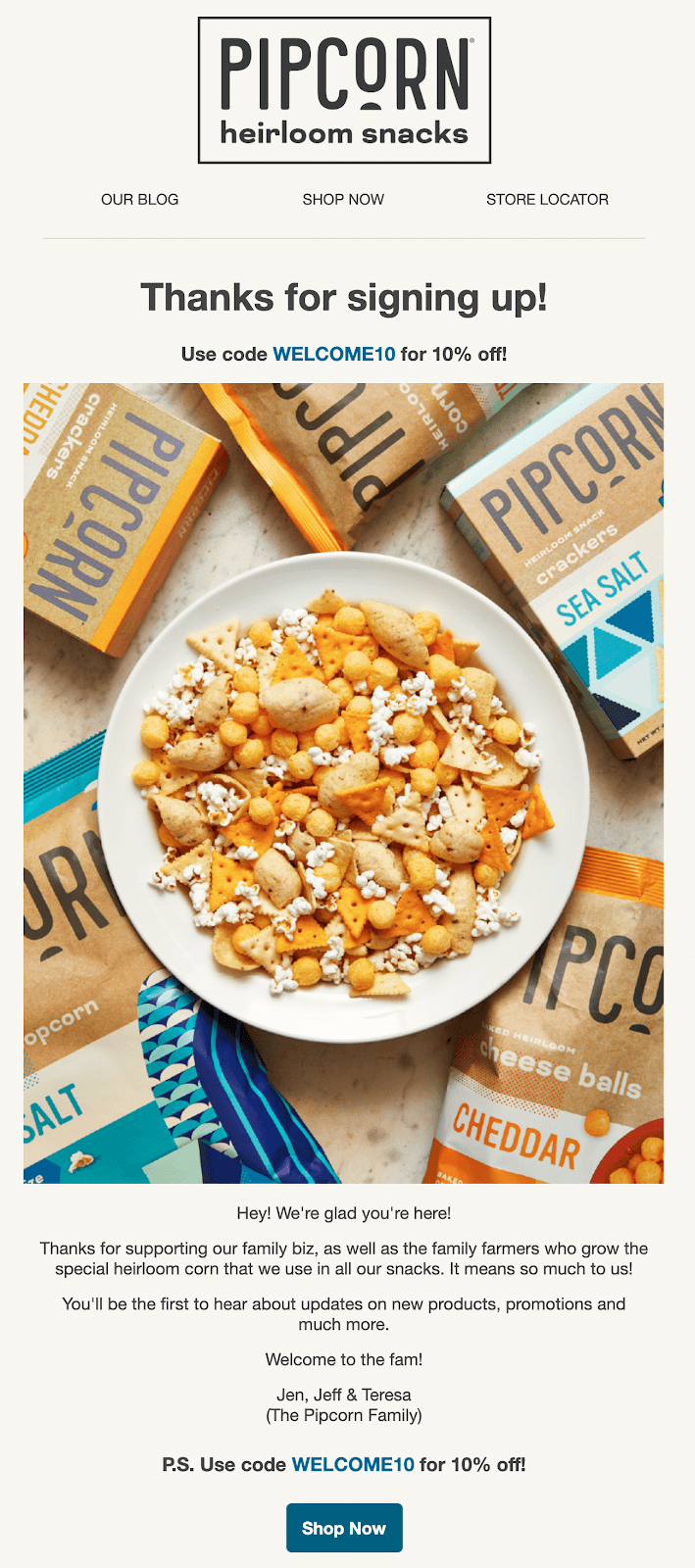
To get started, use HubSpot tips to create an automated message that will be sent out whenever someone subscribes to your list. This should include information about your company, links to relevant resources, and calls to action.
You can also take advantage of HubSpot’s free website builders and add additional features such as discount codes, surveys, or questionnaires.
By setting up effective welcome workflows, you’ll be able to improve customer relationships and increase the effectiveness of your inbound marketing campaign. Take some time to go through HubSpot’s features and design the perfect welcome workflow for your business.
2. Lead Scoring Workflows
Another one of the greatest HubSpot workflow examples that are an important part of any successful inbound marketing campaign is lead scoring workflows.
They help to unify HubSpot workflows, resource management, and customer segmentation into a single marketing messaging framework. By setting up a lead-scoring workflow, you are able to prioritize your most valuable leads and tailor your marketing messaging accordingly.
Lead scoring workflows can provide numerous benefits for your business.
For example, they can help you identify the leads with the highest potential for sales and focus your efforts on those leads more efficiently.
Additionally, with the help of a headline generator and free website builders, you can create more engaging content that will increase your chances of converting leads into customers.
.png)
To successfully set up a lead scoring workflow, you will need to consider a few HubSpot tips.
- Firstly, ensure that you have assigned the proper weighting for each criterion or task included in the workflow.
- Secondly, ensure that you can effectively track leads and adjust scoring based on their actions.
- Finally, keep your lead scoring workflow updated as your inbound marketing campaign progresses.
3. Lead Nurture Workflows
Lead nurture workflows are another effective way to nurture and engage leads not yet ready to buy. They are a type of inbound marketing campaign that uses content to drive prospects through the buying journey.
With HubSpot, you can unify your workflows and create engaging, personalized experiences for leads across the entire customer lifecycle.
Setting up lead nurture workflows requires careful planning and resource management. First, you must define your target audience and segment your leads into smaller groups matching specific buyer personas.
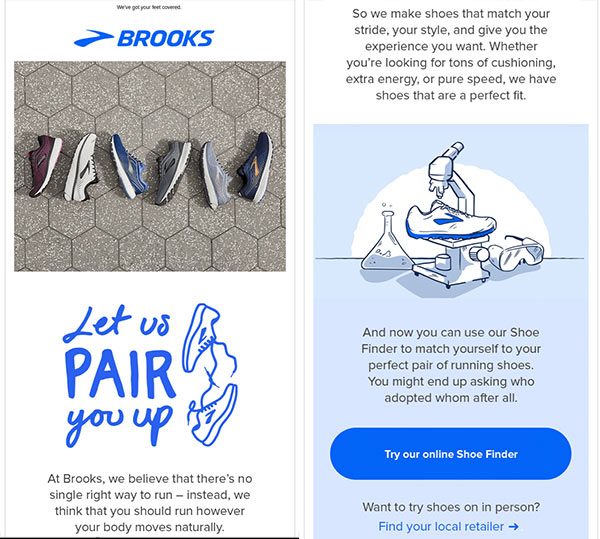
From there, you can create a marketing messaging framework that reflects your brand’s values and resonates with each segment. Tools like HubSpot’s headline generator and free website builders can help you craft high-quality content quickly and efficiently.
There are plenty of amazing advantages of lead nurture workflows. One of the best benefits is that they help build relationships with leads and provide valuable data about their interests and needs.
On top of that, the longer you nurture them, the more likely they are to convert into customers. By optimizing your lead nurture workflows, you can increase engagement and significantly improve the effectiveness of your inbound marketing campaigns.
4. Video Integration Workflows
Video integration workflows in HubSpot are an effective way to use video as a marketing tool and maximize the efficiency of your inbound marketing campaigns. By unifying HubSpot workflows with video content, you can create a more engaging customer experience and better manage your resources.
Video integration workflows can help you segment your customers according to their interests, customize your marketing messaging framework, and even generate headlines for your videos.
To get started with video integration workflows, you first need access to a free website builder like Wix or Squarespace, then connect it to HubSpot. From there, you can start creating personalized videos for each customer segment and automate the delivery process.
With automated workflows, you don’t have to manually send out emails every time you launch a new video.
Video integration workflows come with many benefits. Firstly, it will help you streamline your inbound marketing efforts and give you better insights into customer behavior and engagement levels.
Additionally, you can use the data gathered from video views and watch time to craft more relevant and targeted campaigns. You can drastically improve your lead generation and sales with the right HubSpot tips and video integration workflows.
5. Re-engagement Workflows
Lastly, re-engagement workflows are a great way to keep your customers engaged and interested in your products or services. This type of HubSpot workflow allows you to create campaigns that target inactive contacts. You can also automate the process of reconnecting with them.
With re-engagement workflows, you can unify your HubSpot workflows, segment your customers into different categories, and develop a targeted marketing messaging framework.
Moreover, you can retain more customers and generate more leads, boost your customer engagement rate, and improve your resource management with engagement HubSpot workflow examples. Additionally, you can use powerful tools like headline generators and free website builders to help create an effective inbound marketing campaign.
To set up a re-engagement workflow properly, you need to identify the different customer segments, determine the best channels for reaching them, and craft unique messaging for each segment.
It’s also important to monitor the performance of your campaigns and adjust them as necessary for optimal results. That is to say, with the right combination of HubSpot tips and techniques, you can create an effective re-engagement workflow that drives more conversions.
Conclusion
Overall, there are numerous ways you can approach HubSpot workflows and set them up to help you optimize your lead generation. With some of the best HubSpot workflow examples, you’ll be able to generate more leads and help your business grow.
Above all, in case you do need some extra help while setting up your new HubSpot workflow, feel free to get in touch with MakeWebBetter to set up your bespoke HubSpot implementation. You’ll see how these HubSpot workflow examples will make your lead generation a continued process.


